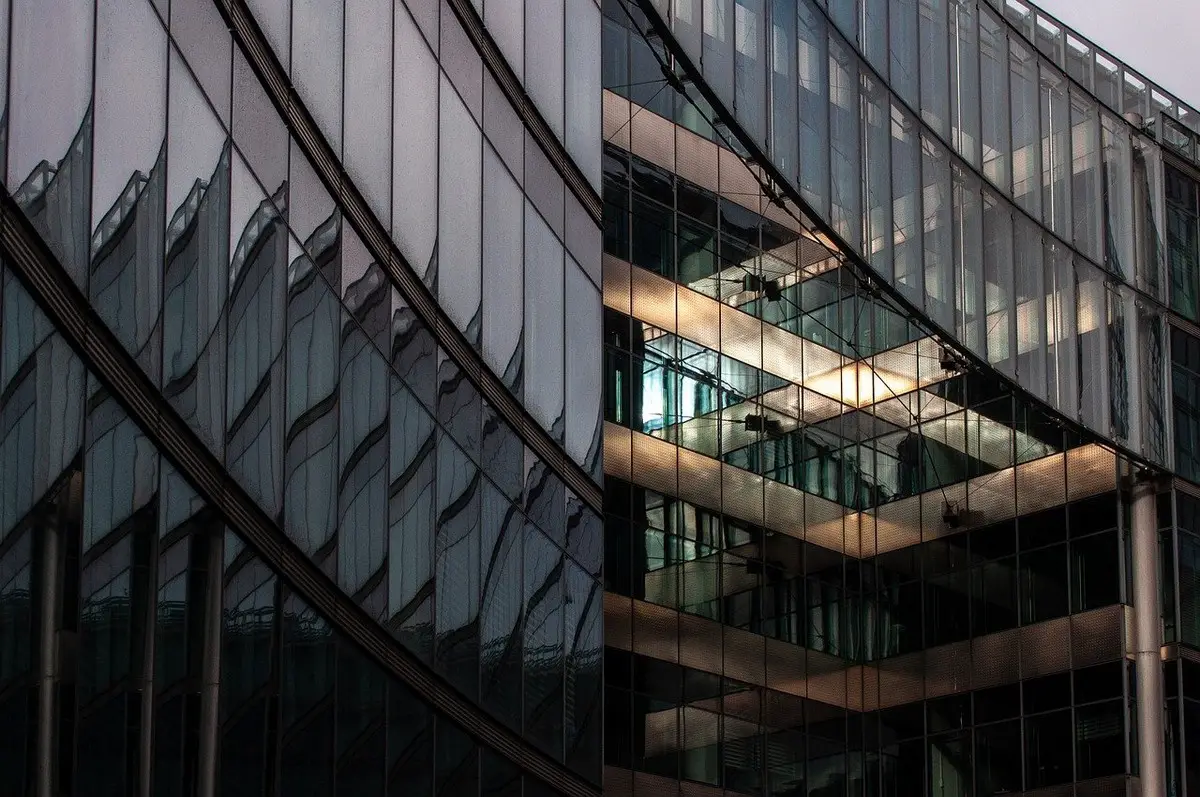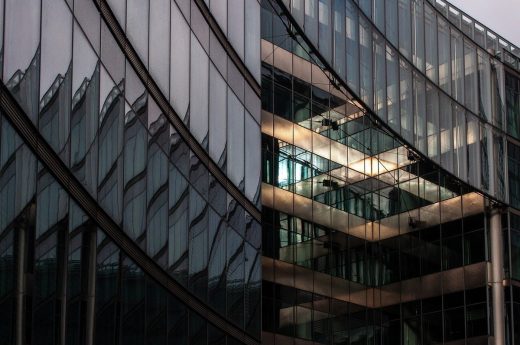How smart buildings lead the green revolution, Modern building management systems, Property design guide
How Smart Buildings Are Leading the Green Revolution
4 June 2024
In the ongoing drive towards sustainability, buildings emerge as a critical frontier. Accounting for a substantial share of global energy usage and carbon emissions, it’s imperative to embrace innovative solutions to curtail their environmental impact. Enter smart building technologies – the pioneers of an eco-friendly transformation in architecture.
How Smart Buildings – Building Management Systems
At the core of this transformation lies the incorporation of sophisticated sensors and building management systems to optimize energy efficiency and shrink environmental footprints. These technologies aren’t mere add-ons but integral elements reshaping modern architectural landscapes. They work best when part of the original design of the building and have profound impact on the form and function of a building. Let’s look at some of the features and technologies included in some modern, smart buildings.
Mitigating Energy Waste
A standout feature of smart buildings is their capacity to collect and analyze real-time data. Embedded sensors throughout the building monitor various factors like occupancy levels, indoor air quality, and external conditions. This data wealth forms the bedrock for informed decision-making, enabling proactive energy management strategies.
For instance, take the Empire State Building in New York City, a testament to sustainable retrofitting. Through the adoption of smart building technologies like occupancy sensors and automated lighting controls, this iconic skyscraper has achieved an impressive 38% reduction in energy consumption. By intelligently adjusting lighting and HVAC systems based on occupancy patterns, the building not only conserves energy but also enhances occupant comfort.
A Broader Perspective
However, this revolution extends beyond individual buildings to encompass entire communities. In planned cities globally, smart building concepts seamlessly integrate into urban frameworks. Buildings are designed with passive cooling methods, solar panels, and efficient water management, reducing dependence on traditional energy sources and lessening environmental impacts.
An added benefit is that it makes buildings less dependent on external utilities. In many densely populated areas around the globe, sewage, water and energy networks buckle under the weight of increasing demand. Reducing the dependency on these networks of individual buildings, helps with sustainable development even in the most urban areas.
Innovative design approaches further highlight the fusion of smart building attributes with sustainable practices. Some buildings incorporate renewable energy sources into their architecture, tapping wind or solar power to lessen reliance on the grid. Apart from environmental advantages, smart buildings offer economic benefits too. By optimizing energy usage and cutting operational costs, these buildings lead to long-term savings for owners and tenants. Additionally, integrating smart technologies can enhance property value and attractiveness, drawing environmentally conscious investors and tenants.
The Future is Green
As the drive for increased sustainability gains momentum, smart building technologies are poised to assume an increasingly pivotal role. By harnessing data and automation, these technological marvels not only slash energy consumption but also pave the way for a more environmentally aware future for generations to come. If it wasn’t already apparent, the green revolution is underway, and smart buildings are at the forefront.
Comments on this guide to How Smart Buildings Are Leading the Green Revolution article are welcome.
Buildings
Key Buildings in Scotland Articles – architectural selection below:
Merchant City boutique hotel

property image courtesy of architects practice
Historic Glasgow : best Glasgow architecture of the past
Comments / photos for the How smart buildings lead the green revolution page welcome




